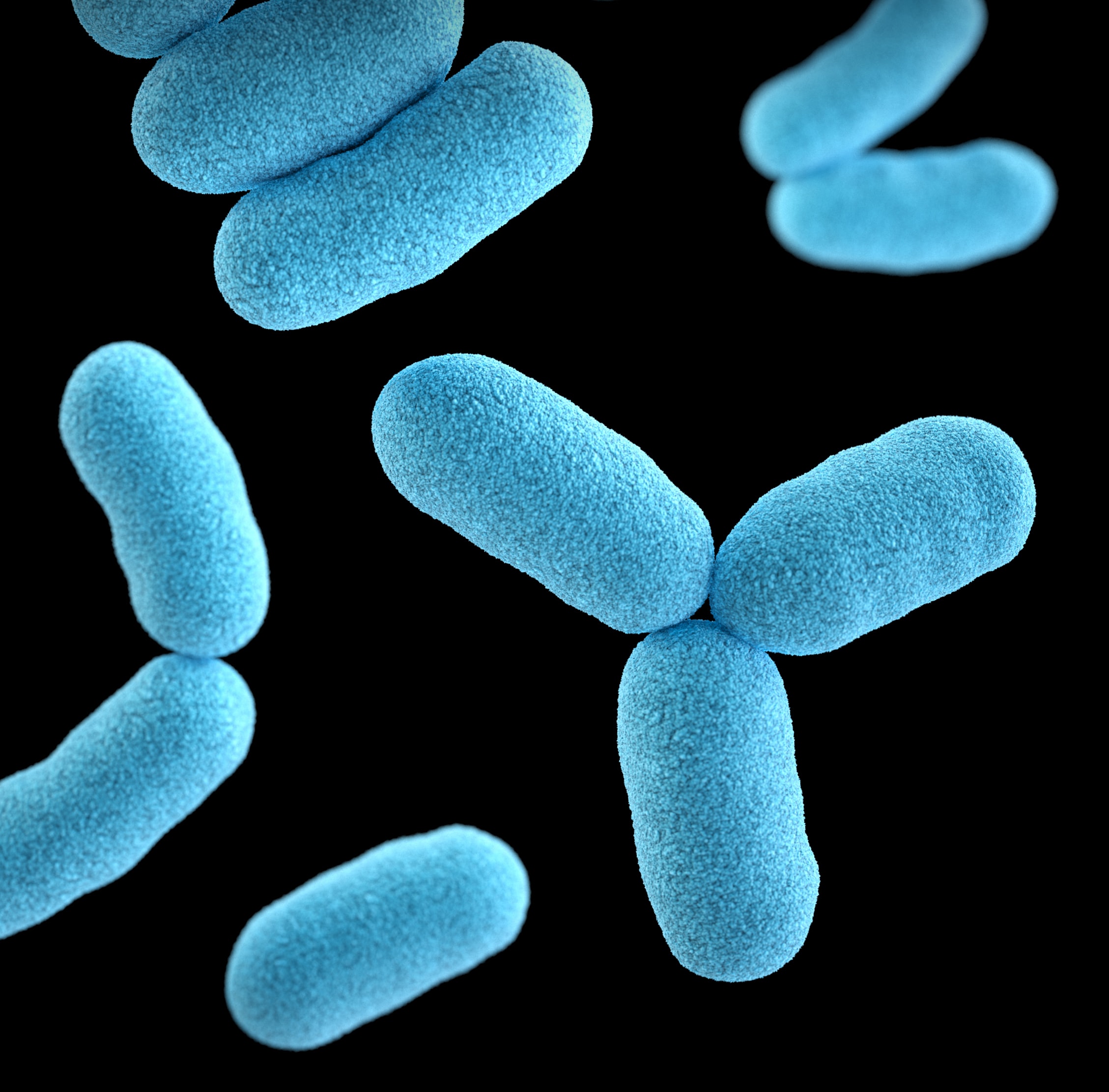
The term microbiome refers to all of the different types of microorganisms that are located on, or within, the human body.
Microorganisms can be found in and on every surface of our body, including the digestive system, the reproductive system, our nose, ears, throat, eyes, etc. Each part of the body has its own special population. The microorganisms on the skin are very different from those in our mouths, for example.
The biggest, and most diversified, collection of microorganisms live in the gut or digestive system.
Each person has their own unique set of microorganisms that their DNA originally determines. The microbiome is developed throughout their early years. Different experiences can affect your microbiome from how you were born, where you lived, your diet, your exercise, your environment, etc.
The microbiome plays a part in stimulating the immune system, breaking down different compounds, makes vitamins, amino acids, and enzymes.
The microbiome is a living environment that can change slightly from one day to the next depending on many things.
Microbiome research is exploding. We are learning more and more about how it affects the functioning and health of the body.